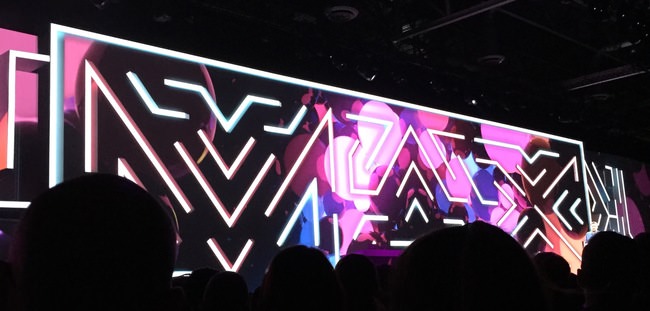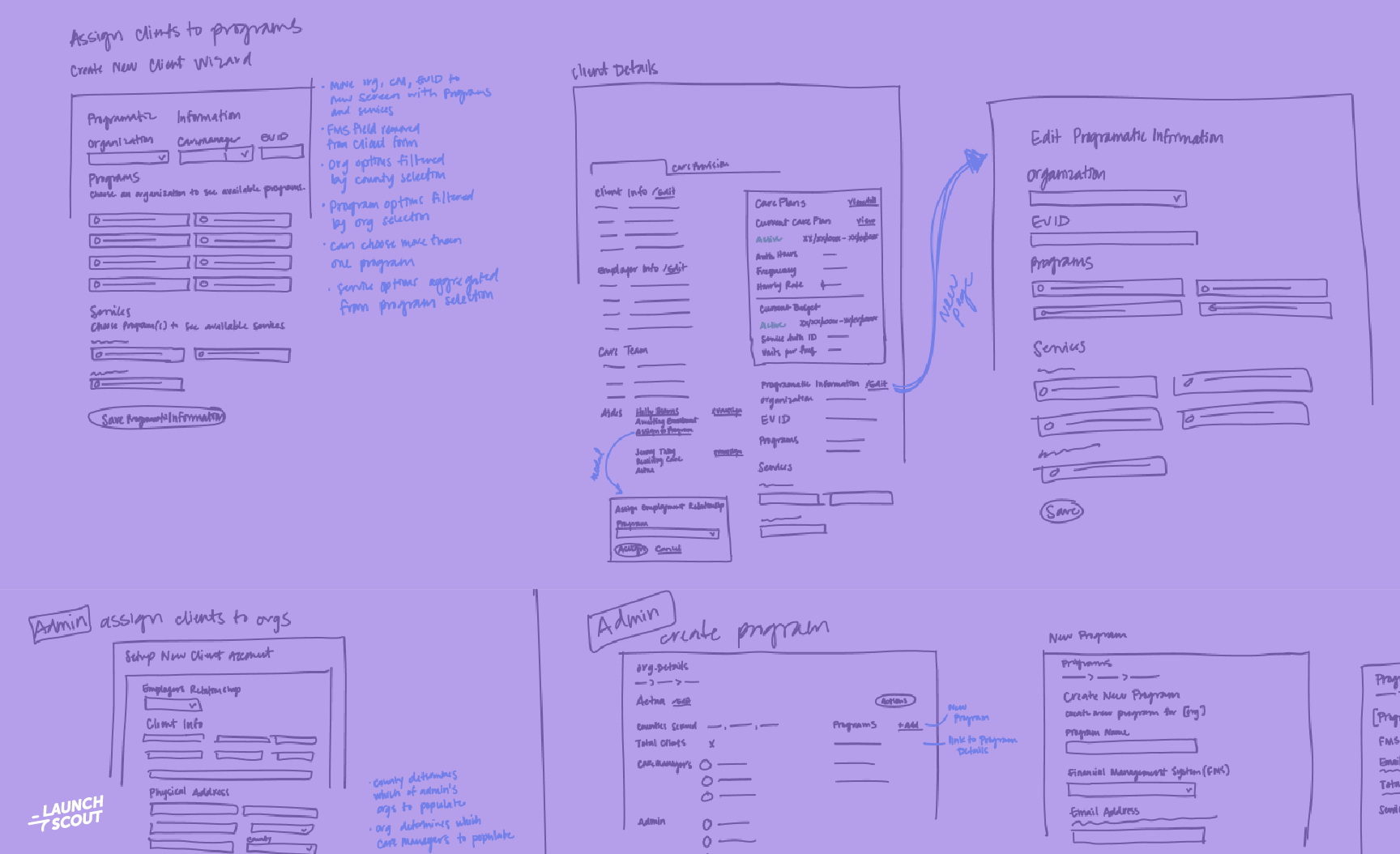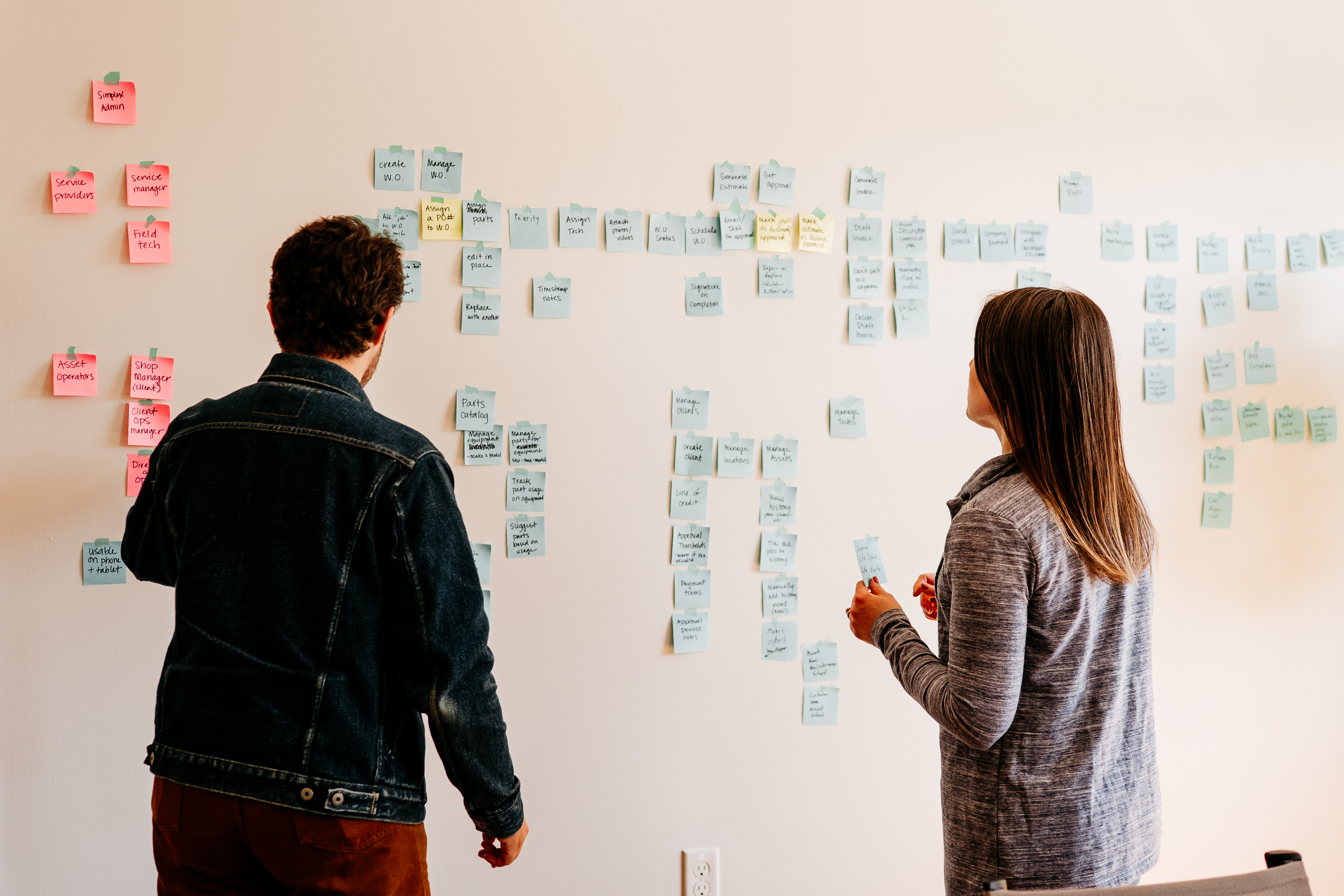
16 November 2017
Deep Stuff From Adobe Max 2017
A few weeks ago I got the super incredible opportunity to attend Adobe Max 2017 in Las Vegas! This opportunity was granted to me while I was speaking at the Cincinnati Adobe Creative Jam back in September (which was an awesome event—you should totally come next year!)
This was also my first time in Vegas, so it was quite the time. Adobe Max is TURNT, let me say. During this event, 12,000 designers, filmmakers, photographers, business people, and techies came together to celebrate the way creativity enriches our lives. It’s basically a creative free for all. Everyone’s there to broaden their skills and interests and that in itself is a really cool thing; even without the parties, free food, and celebrity cool people.
There are all sorts of nerdy technical details I learned at Adobe Max. But I’m not going to share those insights with you. Why? Because all of that stuff is readily available on the Internet. That’s not really why we attend conferences. We attend conferences for a higher experience, which can’t be easily be listed out. So in this post, I’ll try to reflect upon the ways my views of design and creativity have been impacted by this experience. Before I get into all the deep stuff I learned, let me first reflect on some general insights I gained from conferences in general:
How to Make the Most of Conferences:
- Caffeinate. I forgot about caffeine until the 3rd day. Untapped potential is what that was.
- Take pictures and notes galore. Just do it a bunch. Want to snap a pic of that random sign or that keynote slide? Might as well! You can synthesize it all later. In the moment, take in as much as the experience as you can.
- Take more hands-on labs if they’re available. Upon registering for sessions at Adobe Max, you’re given the choice between sessions, labs, and creativity workshops. I only registered for one lab (the rest were sessions) and I regretted not taking more labs. During my lab, I learned a solid workflow for working with Adobe XD. It was definitely one of the best courses I took in the conference because of that hands-on learning vibe.
- Conferences are a great time to curate your inspirational people list. The people chosen for keynotes and sessions are there for a reason. They’re all amazing! Take notes on who’s there so you can look them up later. It’s a great time to expand your list of people to follow on social media, authors of books to read, etc.
- It’s okay to be an introvert. Be prepared to meet a lot of nice people. But at the same time, it’s okay to be an introvert. It’s okay to leave early. It’s okay to recharge and rest. Don’t beat yourself up. Don’t try to fit a mold of an extrovert if it’s not you. Do what’s best for yourself first and foremost.
- Don’t let FOMO control you. It’s okay to not take every opportunity. It’s okay to skip a few sessions. You can’t do it all.
Okay, now we can get to the deep stuff.
Expression
“It’s in you and it’s gotta come out.”
- James Victore
The Internal Struggle
“I absolutely hate myself at the same time I love myself. That dichotomy is the fuel for my creative process.”
- Jonathan Adler
My favorite personality at Adobe Max was Jonathan Adler. This potter, designer, and author has a fiery spirit and an honest view of himself that fuels his creative journey in a fresh way. I’m always privy to people that can be open about their mental struggles in a way that is inspiring, honest, and/or funny. This is what Jonathan Adler was in his keynote.
Jonathan Adler says he’s very self-aware, ruminative, overthinking, and contradictory. He was very transparent in the role that self-doubt plays in his life. That really resonated with me. While he was open about the fact that he doesn’t always love himself, he recognized that self-love is how ideas happen. The creative process is a rollercoaster, but you have to be kind to yourself to make your best work. That may only come after a period of despair, however.
Failure
“You need to be able to control how much failure affects you so that it doesn’t shut you down. That can be where the biggest growth spurts happen.”
- Jon Favreau
It seemed like the one subject every speaker at Adobe Max had in common was failure. We all know the drill; failure is inevitable, we can’t let it get in the way, and we need to face it head-on. But that’s easier said than done. James Victore went the extra mile and said to turn your failure into your purpose. Jon Favreau said you need to be mindful of how failure interacts with your process. Jonathan Adler said that every idea is a bad idea and that there are a million reasons why you shouldn’t do everything. How are those for some pep talks?
Purpose
“Put it in your work.”
- James Victore
Creativity and expression are a big part of the reason we get up in the morning. All 12,000 people there could most likely agree on that. And that was empowering. In Katrin Eismann’s “A Photo A Day” session, she stated that a big reason we get up in the morning is to create and express.
Creativity has always been an outlet for me, but I’ve started to meditate on how I could be more intentional about it. How can I use creative outlets to better myself? How can I channel life’s challenges into my work?
Fulfillment
In Noreen Morioka’s “Creative Group Therapy” session, she asked, “What does creative success look like?” In the highly interactive poll of the room, we came up with: freedom, self-love, expression, authenticity, genuine, clarity, fulfillment, getting lost in work, meaningful connections, giving a shit, pride in work, and making people feel something.
To not go crazy in this life, you need to have peace with all the uncertainties. This is hard for me to reckon with. But then I think about all the ways that creativity brings meaning into my life and I feel peace. No matter what happens, I know I can express ideas and emotions in a fresh way. I should be open to all scenarios. Not everyone has the privilege of knowing a creative tool or having multiple outlets like we can as designers / developers / etc. That is fulfilling.
Brains
“A brain that can’t feel can’t make a decision”
- Adam Morgan
One of the standout sessions I attended was “How to Prove the Value of Design—with Science” by Adam Morgan. This session covered the relationship between science (which is logical) and creativity (which is emotional).
Morgan started the keynote by asking “Do you place more value on logic or emotion?” As a creative group, it definitely seemed like more in the room raised their hands for “emotion,” myself included. Morgan went on to explain that our culture tends to put more trust into logic-based decision making. Testing in our school system is logic based. “Be rational” is what we chant to one another in arguments.
We have a way of attributing emotions to our animal instincts when emotions are actually what makes us human in the first place. Logic alone can not yield success.
Our brain is made up of the conscious—which is slow and cognitive, and the subconscious—which is fast and automatic. The conscious is just the tip of the iceberg; its information is easy to access, but the conscious mind can only hold 4-7 variables. The subconscious, on the other hand, can hold the entire Internet (which isn’t a clear metric but gets the point across).
Emotion is a critical piece in memory creation and retrieval. The stronger the emotion, the stronger the memory. In turn, emotions represent a massive amount of rational thought. If I paraphrase correctly, emotions and logic are more intertwined than you would think. To quote Morgan, “when we make a decision, our brains are flooded with feeling.”
So the phrase “be rational” doesn’t deserve all the credit we give it. To ignore emotion is to ignore what gives humanity its higher level of being. When making decisions, we should use both logic and emotion. If there aren’t a lot of variables to consider in making a decision, Morgan said that it may be best to rely more on logic—since it’s connected to the conscious mind that holds fewer variables. If a decision is more complex, emotions can act as a more helpful tool—because the subconscious holds much more information.
To summarize, emotion and logic should both have a seat at the table. However, I would argue that it takes extra effort and convincing to hold emotion at as high of a regard in our society. Logic is easier to grasp and easier to quantify. We already embrace it. It’s easy for school systems to acknowledge the importance of science, math, and tech, but the arts are an underappreciated part of education that constantly need fighting for. Creative endeavors aren’t the sprinkles on top of a rich society; they are part of the foundation of the human experience. Without creativity and emotion, we wouldn’t be able to make decisions. We wouldn’t be human.
Overall, Adobe Max was amazing and I learned a bunch of deep stuff about life and creativity along the way. If you get the chance, you should definitely go. Or just go to any conference you can because they are a great way to renew your energy to learn and grow.
If you’re interested in checking out more sessions from Adobe Max, you can find them here!


